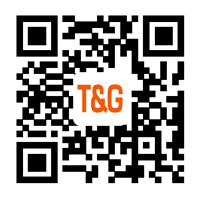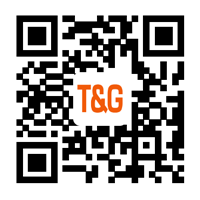Two operation schemes of digital audio signal compression technology
After the audio signal is digitally encoded, one of the biggest problems facing is the problem of massive data storage and transmission. The compression technology of digital audio signals is a very important link in the digital TV broadcasting system. Compression efficiency and compression quality directly affect the transmission efficiency of digital TV broadcasting and the transmission quality of audio and video. This article mainly analyzes the digital audio compression technology.
Compared with analog signals, digital signals have obvious advantages, but digital signals also have their own corresponding disadvantages, that is, the demand for storage capacity and the increase in channel capacity during transmission. Audio compression technology refers to the application of appropriate digital signal processing technology to the original digital audio signal stream (PCM encoding) to reduce (compress) its code rate without loss of useful information or negligible loss. Called compression coding. It must have a corresponding inverse transform, called decompression or decoding. Generally speaking, audio compression techniques can be divided into lossless data compression and lossy data compression.
lossless data compression
Using a lossless compression scheme can restore the original data information bit by bit after decompression. They eliminate the statistical redundancy that exists in the audio signal by predicting the values in the past samples. A small compression ratio can be achieved, preferably about 2:1, depending on the complexity of the original audio signal. Time-domain predictive coding technology makes lossless compression feasible, thanks to time-domain predictive coding technology. they are:
1. Difference algorithm
Audio signals contain repetitive sounds, as well as a lot of redundancy and perceptually irrelevant sounds. Duplicate data information is deleted during the encoding process and re-introduced during decoding. The audio signal is first decomposed into several sub-bands containing discrete tones. Then apply DPCM using a predictor suitable for short-term periodic signals. This kind of coding is adaptive, it looks at the input signal energy to modify the quantization step size. This leads to the so-called adaptive DPCM (ADPCM).
2. Entropy encoder
"Using the redundancy in the representation of quantized subband coefficients to improve the efficiency of entropy coding. These coefficients are sent in order of increasing frequency, producing a larger value at low frequencies, and a long stroke close to zero after producing smaller high frequencies. The VLC is taken from a different Huffman table that is most consistent with the statistics of the low-frequency value and the high-frequency value.
3. Block floating point system
The binary values from the A/D conversion process are grouped into data blocks, either in the time domain, by using adjacent samples at the A/D conversion transmission output end; or in the frequency domain, by using adjacent samples at the FDCT output end Frequency factor. Then the binary value in the data block is increased proportionally so that the maximum value is only lower than the fully converted value. This conversion factor is called an exponent and is common to all values in the block.
Therefore, each value can be determined by a mantissa (a sample value) and an indicator positive number. The bit allocation calculation is derived from the HAS model, and the method to achieve data rate compression is to send the index value once for each data block. The coding performance is good, but the noise is related to the signal content. Shielding technology helps reduce this audible noise.
lossy data compression
"The way to achieve lossy data compression is to combine two or more processing techniques to take advantage of HAS's inability to detect other high-amplitude specific spectral components. In this way, high-performance data compression schemes and much higher compression ratios from 2:1 to 20:1 can be obtained, depending on the complexity of the encoding/decoding process and audio quality requirements.
The lossy data compression system uses perceptual coding technology. The basic principle is to discard all signals below the threshold curve to eliminate the perceptual redundancy in the audio signal. Therefore, these lossy data compression systems are also called perceptually lossless. Perceptually lossless compression is feasible due to the combination of several technologies, such as:
1. Time and frequency domain shielding of signal components.
2. Quantify the noise shielding of each audible tone
By allocating enough bits to ensure that the quantization noise level is always lower than the shielding curve. At frequencies close to the audible signal, an SNR of 20 or 30DB is acceptable.
3. Joint coding
This technology takes advantage of the redundancy in a multi-channel audio system. It has been








